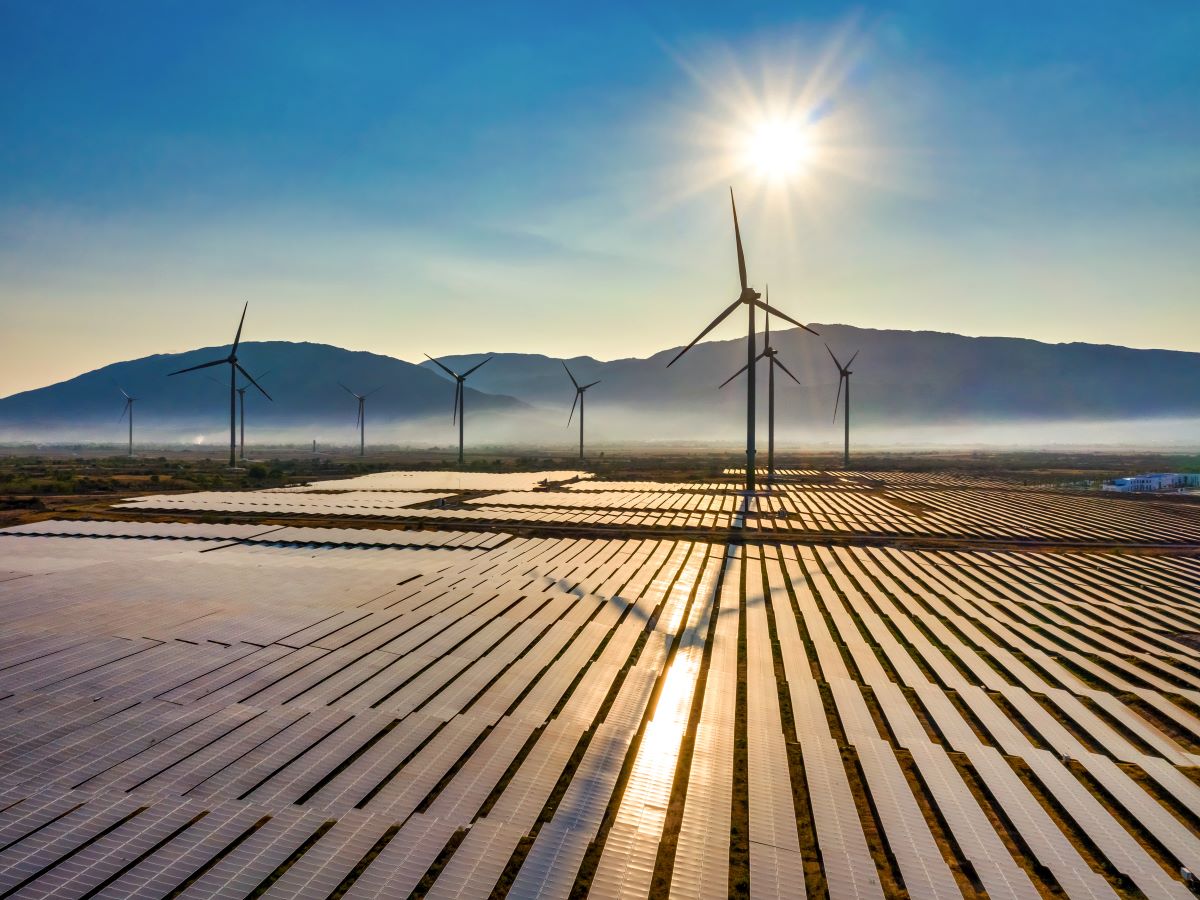As more companies aim to reduce their environmental impact, they could look to different modes of financing, and transition bonds are gaining popularity. These could play an important role in helping carbon-intensive industries improve their green credentials.
The world of energy transition finance is constantly evolving. The first half of 2022, however, witnessed 23 transition bonds from 17 issuers, for a total of $2.1bn. Besides the European Bank for Reconstruction and Development’s (EBRD) issuance in January, all transition bonds in 2022 originated from Japan and China for sectors like steel, chemicals, aviation, and utilities.
Transition finance is investments, such as bonds or loans, that help heavy industries like steel and cement to transform into more energy-efficient ones and lower their greenhouse gas emissions. It is unlike green investment that only funds low-carbon projects like renewable power. They are somewhat like green bonds and sustainability bonds but are somewhat different. Green bonds require environmentally compliant projects to be identified for financing or refinancing. In green bonds and sustainability-linked bonds, the finance is provided for a specific project, but in transition bonds, the bond issuer isn’t required to already be operating sustainably. It is usually in the process of transitioning to lower carbon operations.
The proceeds from transition bonds will be used to finance and/or refinance projects, aimed at decarbonising existing energy infrastructure or establishing hydrogen infrastructure and solutions to capture, store and utilise CO₂. In fact, the transition bond was selected as a model example for the 2021 Climate Transition Finance Model Projects by the Ministry of Economy, Trade and Industry of Japan (METI).
Sustainable finance to support heavy-emitting industries in their efforts to decarbonise is gaining traction, and transition bonds are set to benefit from this. They can play a significant role in mobilising massive capital for accelerated industrial decarbonisation. According to S&P Global, transition finance, including issuance, will contribute $1 tn to the estimated $3 tn of annual investments required to limit global warming to 2°C by 2050.
Spread of transition bond in Asia
Transition bond issuance in Asia more than doubled in value in 2022 compared with 2021, according to BloombergNEF. The governments in Asia, which account for 50% of the global greenhouse gas emissions are pushing to explore sustainable funding for heavy emitters to decarbonise.
Transition finance is poised for a boom in China and is all set to surpass its 25 tn yuan ($3.6 tn) green debt market. China’s $1.08 bn and Hong Kong’s $296 mn in transition bonds comprised the majority of the Asia-Pacific deals in 2022. For instance, Castle Peak a power company that owns three power stations in Hong Kong issued its first energy transition bond in July 2017 for $500 mn. Again, in June 2020, the company issued its second energy transition bond to transition towards a lower carbon future.
Ma Jun, a former member of the monetary policy committee at the People’s Bank of China stated, “The potential for transition finance is bigger, and transition finance activities will grow faster than traditional green finance.” Ma Jun first drafted China’s green finance guidelines in 2015 and is now the President of the Hong Kong Green Finance Association.
Rise of transition bonds in Japan
Japan has been witnessing a surge in transition bond issuance in the recent past. This began in 2022 when the Japanese domestic market began to consider transition bonds after the Japanese government announced its own climate transition finance guidelines. In May 2021, Japan’s Financial Services Agency, Ministry of Economy, Trade and Industry (METI), and Ministry of the Environment, published the Basic Guidelines on Climate Transition Finance. The aim of these was to promote transition finance in Japan, particularly in sectors where emissions are difficult to reduce.
The country plans to raise as much as $154 bn in sovereign transition bonds over the next decade. Leading Japanese companies like Mitsubishi Heavy Industries have also issued transition bonds worth 10 bn yen to achieve carbon neutrality by 2040.
Challenges faced by transition bonds
Transition bonds have seen slow growth due to the lack of a clear definition of what transition finance means. There is a lot of ambiguity over the efficacy of such instruments being environmentally sustainable. Jarek Olszowka, head of sustainable finance IBD at Nomura feels that the absence of a proper definition has led to confusion among international investors and restricted its market growth. On the other hand, Ma warned that transition finance is too “complex” to be used as a short-term stimulus measure.
Thus, investors are worried that this debt instrument could become yet another tool for “transition washing” and delaying the phaseout of emission-intensive assets. Also, most investors lack the capacity to assess transition at the project level. Experts feel that there is a strong disconnect between intermediate needs vs long-term investment.
While transition finance is crucial, the nascent market is still awaiting harmonised and standardised market practises. Sustainability-linked bonds (SLBs) are expected to supersede transition bonds, while conventional use-of-proceeds bonds, such as green bonds, continue to offer transition possibilities, says Nordea Asset Management.


 Australia
Australia China
China India
India Indonesia
Indonesia Japan
Japan Malaysia
Malaysia Philippines
Philippines Singapore
Singapore South Korea
South Korea Taiwan
Taiwan Thailand
Thailand Vietnam
Vietnam




